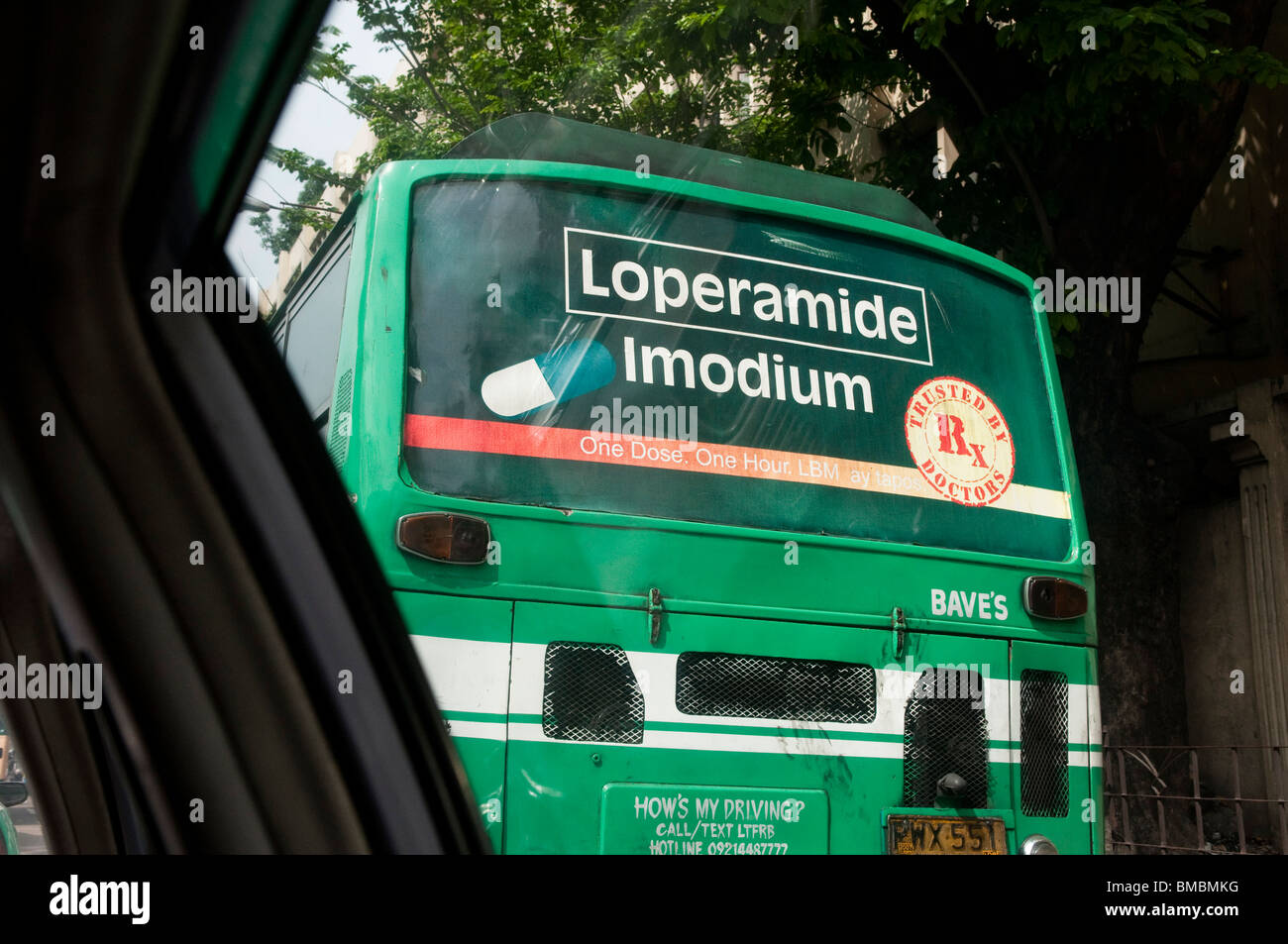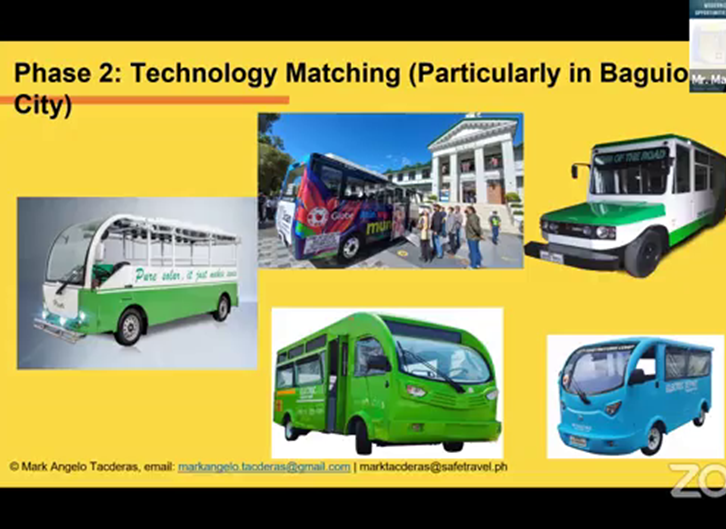Make The Most Of Direct Exposure with Transit Advertising Philippines
Make The Most Of Direct Exposure with Transit Advertising Philippines
Blog Article
A Detailed Examination of the Methods and Strategies for Successful Transit Marketing Campaigns
Transit marketing campaigns use an unique possibility for brands to engage with diverse target markets in dynamic atmospheres. As we discover these essential elements, it ends up being clear that the path to an impactful transportation marketing strategy is both gratifying and detailed, increasing the concern of exactly how finest to navigate these complexities for optimal brand visibility.
Comprehending Target Demographics
Understanding target demographics is crucial for the success of transit marketing campaign (Transit Advertising Philippines). Recognizing particular audience segments makes it possible for advertisers to customize their messages successfully, guaranteeing that the web content resonates with the intended customers. This approach boosts involvement and optimizes return on investment
To efficiently evaluate target demographics, marketers should consider a number of crucial aspects, including age, earnings degree, occupation, and way of living preferences. For instance, a campaign targeted at young specialists may concentrate on comfort and modernity, while one targeting families could emphasize safety and integrity. In addition, geographic factors such as metropolitan versus country setups can considerably influence customer habits and choices.
Data collection techniques such as studies, focus groups, and social media sites analytics give important understandings into group trends and customer routines. By leveraging this information, marketers can craft engaging stories that straighten with the worths and demands of their target market.
Eventually, recognizing target demographics not only notifies the calculated direction of transportation marketing campaign yet likewise makes sure that resources are allocated efficiently. This targeted approach increases the chance of achieving project goals, fostering brand loyalty, and driving conversions.
Creative Layout Methods
Efficient interaction with target demographics depends heavily on cutting-edge creative layout methods en route marketing campaign. To properly record interest in a crowded aesthetic atmosphere, developers must focus on clearness and aesthetic effect. Making use of high-contrast aspects and bold shades can improve presence, making certain that messages are easily understandable from a distance.
Including dynamic images that reverberates with the target market is vital. Aesthetic storytelling strategies can stimulate emotions and produce unforgettable organizations with the brand. Additionally, tactical use typography aids share crucial information swiftly; proper dimensions and legible fonts even more improve readability.
Including interactive elements, such as QR codes or enhanced fact features, can engage travelers past passive monitoring (Transit Advertising Philippines). These methods not just advertise customer interaction but likewise connect the space between conventional advertising and marketing and electronic involvement
Furthermore, making use of room creatively-- whether on bus covers, transportation shelters, or metro advertisements-- can cause cutting-edge formats that damage the mold of traditional advertising. By welcoming creative imagination while keeping brand name consistency, projects can cultivate a solid connection with their audience, ultimately driving both awareness and action. The combination of these design methods is extremely important for attaining successful transportation marketing end results.
Strategic Positioning Approaches
Making the most of the influence of transportation advertising rests on strategic positioning methods that make certain optimum visibility and engagement. Reliable placement entails recognizing and examining high-traffic areas traveler demographics to recognize the most useful locations for advertisement screens. As an example, positioning advertisements near entrances and exits of transit automobiles can capture the interest see of boarding and touching down passengers, therefore enhancing exposure.
In addition, utilizing both exterior and interior surface areas of transportation cars can considerably widen reach. Exterior advertisements, visible during commutes, involve pedestrians and other vehicle drivers, while interior ads target passengers in a captive setting. Furthermore, positioning advertisements in transportation centers, such as bus terminals or train stations, permits for raised impacts as commuters change between different modes of transport.
Timing is likewise critical; straightening the project launch with peak travel periods makes the most of target market interaction - Transit Advertising Philippines. Moreover, leveraging digital screens en route environments can assist in vibrant web content, enhancing and supplying real-time updates individual interaction. By utilizing these strategic positioning approaches, marketing professionals can ensure that their transit marketing campaign attain optimal visibility, reverberate with the target market, and ultimately drive desired outcomes

Measuring Campaign Effectiveness
To examine the success of transit ad campaign, it is necessary to use a variety of measurement techniques that give understandings right into target market interaction and overall efficiency. One primary method is making use of crucial performance indications (KPIs), such as reach, impacts, and interaction rates, which quantify the amount of people interacted and watched the ad with it.
Surveys and focus teams can likewise be important in assessing customer perceptions and recall, permitting marketers to recognize the influence of their messaging. Additionally, tracking internet site traffic and social networks engagement throughout and after the campaign assists determine straight reactions to the advertising.
An additional effective strategy is making use of location-based analytics, which can give data on foot traffic around specific transit places, offering understandings right into whether the campaign efficiently caught the focus of commuters. Furthermore, assessing sales data can expose relationships between transportation marketing and increased profits, supplying substantial proof of a campaign's efficiency.
Study of Success
Recognizing the performance of transportation advertising and marketing projects with measurement strategies lays the groundwork for taking a look at real-world instances that illustrate successful end results. By using geo-targeted digital advertisements and analytics, the brand name gauged a 30% increase in find out sales in areas where the covers were prominently displayed, showing the straight influence of transit advertising.
One more engaging instance originates from a regional nonprofit company that introduced advice a campaign on train platforms to promote an area event. The company integrated dynamic visuals with QR codes routing travelers to a registration page. Post-campaign evaluation revealed a 50% rise in event attendance contrasted to the previous year. Using direct involvement through modern technology intensified the project's reach and efficiency.

Conclusion
In recap, successful transportation advertising and marketing campaigns demand an extensive strategy that integrates an understanding of target demographics, ingenious design methods, and strategic placement. By focusing on psychological engagement with vibrant visuals and enhancing visibility during optimal traveling times, brand names can substantially enhance their influence. Additionally, ongoing measurement of campaign effectiveness via vital performance indications and customer comments makes certain constant improvement. Collectively, these techniques foster brand name presence and make best use of the roi en route marketing campaigns.
Recognizing target demographics is important for the success of transit advertising campaigns.Effective communication with target demographics counts greatly on ingenious creative layout methods in transit advertising projects. By using these critical placement methods, marketing professionals can guarantee that their transit advertising and marketing projects accomplish maximum presence, reverberate with the target audience, and eventually drive desired outcomes.
Recognizing the performance of transit advertising and marketing projects with measurement strategies lays the groundwork for analyzing real-world instances that illustrate effective results.In recap, effective transportation advertising projects require an extensive approach that incorporates an understanding of target demographics, innovative layout methods, and tactical positioning.
Report this page